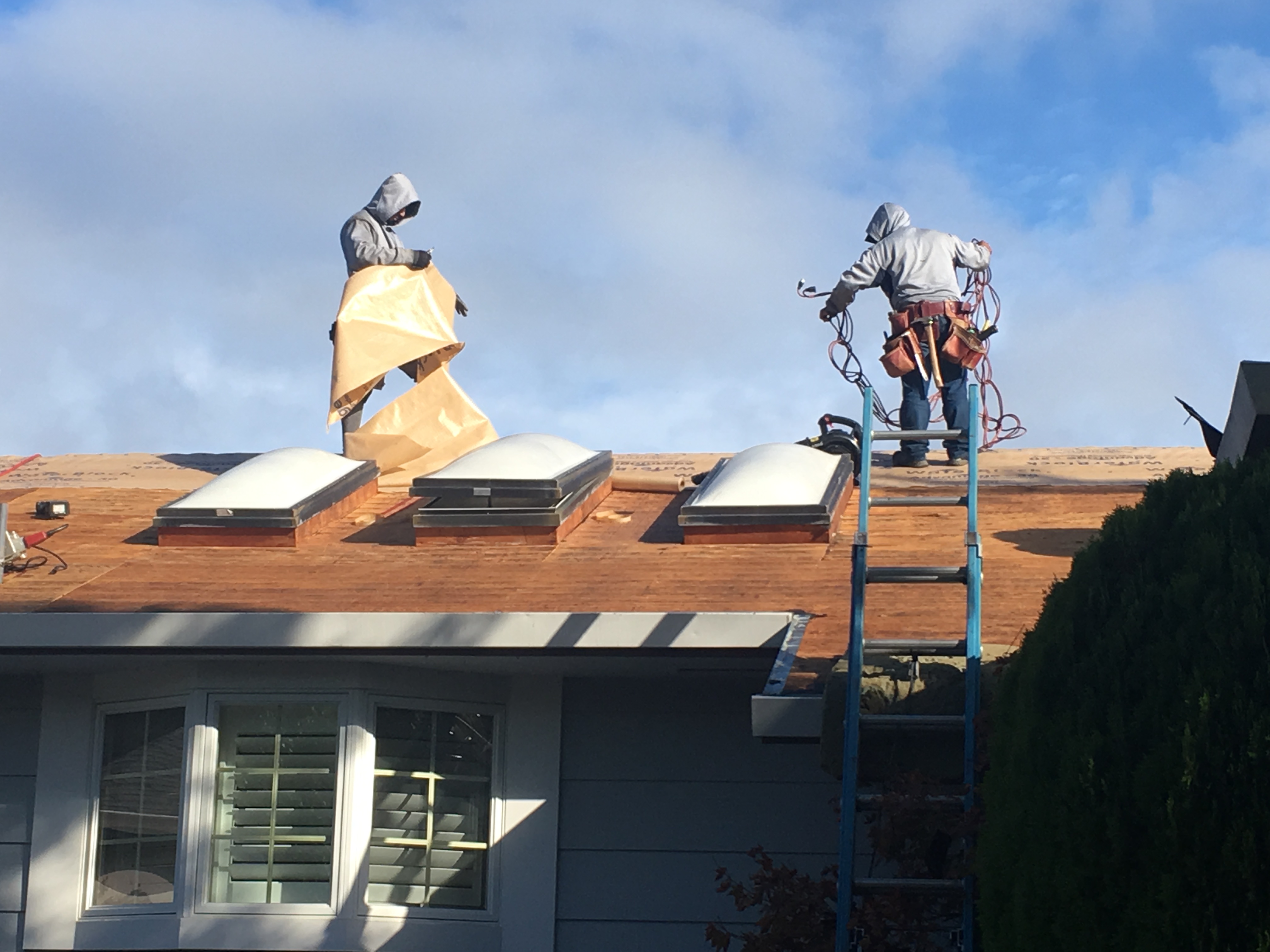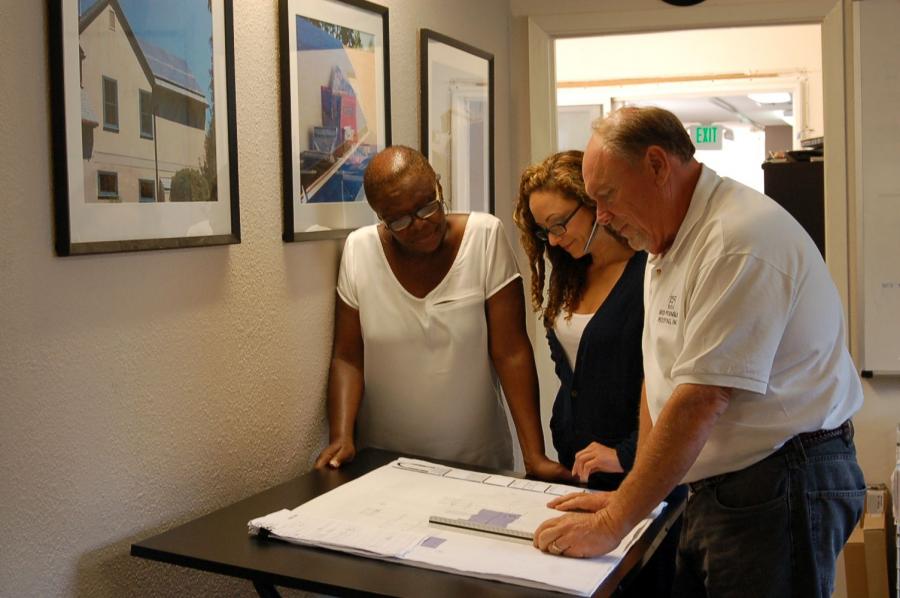
Do you have questions about an upcoming skylight project or skylights in general? Below, we answer some commonly asked questions.
Q: How do I decide the perfect size skylight to use for my room?
A: When it comes to skylights, it’s important to remember that bigger is not always better! The following guideline will help you decide the best unit for your particular installation.
10 Inch Unit – 150 sq. feet or less
Bathrooms, pantries, laundry rooms, hallways, walk-in closets
13/14 Inch Skylight- 150 -250 sq. feet.
Kitchens, foyers, garages, living rooms, family rooms
18 Inch Skylight- 300 – 500 sq. feet.
Rooms with vaulted ceilings, great rooms, garages, family rooms, living rooms
21 Inch skylight- 500 – 700 sq. feet
Only for commercial flat roof application
Q: Where should my skylight be placed on my roof?
A: The best location is normally on the southwest facing side of the home. You must consider chimneys, adjoining roof structures, trees and other things that can cast shadows over the dome—they’ll affect how much light goes into the skylight. Always remember that the best light output is gained by exposing the skylight to direct sunlight.
Q: How long can sunlight tubes be?
A: The ideal length of a sunlight tube is approximately six feet, but tubes over 15 feet long are routinely installed with good results.
Q: What’s the difference between acrylic plastic and Plexiglas?
A:There is no difference. Plexiglas is a brand name for acrylic plastic. Lucite is another popular brand name.
Q: What’s the difference between tempered glass and laminated glass?
A: Tempered glass is strengthened by heat—it’s commonly used in shower doors, patio doors and car side windows. It’s very strong, but when it breaks, it’ll explode into hundreds of tiny pieces.
Laminated glass has a plastic interlayer that’s designed to hold in place when it breaks (a car windshield is the most common example). It’s very effective at blocking ultraviolet light, which is the leading cause of fading.
Q: What is “low-E” glass?
A: Many modern skylights are made of low emissivity (low-E) glass. It was first designed for energy efficiency, but it now has the added benefit of blocking heat gain and loss. It can provide comfortable light and it doesn’t darken the skylight like tinted glass. Both tempered glass and laminated glass can include a low-E feature. Greater benefits are gained through low-E2 glass, which is a denser version with a slightly darker look.
Q: Can my skylight be removed from my roof in the future?
A: Yes. If a skylight is installed correctly, it can be removed.
Q: Why should I choose tubular skylights?
A: Tubular skylights are a less expensive choice if you’re looking to highlight an area with natural light. These skylights install quickly and are economical because they don’t require the construction of a shaft from the roof to the ceiling below it. They do lack the drama of traditional skylights, but they’re an excellent choice for adding natural light to small areas like closets, hallways and half-bathrooms.
Q: Can skylights function as light fixtures at night?
A: Yes. You can buy a kit that turns your skylight into an artificial light fixture.
Q: Why should I choose a Diamond Certified skylight company?
A: Diamond Certified helps you choose a skylight company with confidence by offering a list of local, top rated companies that have passed the country’s most in-depth rating process. Only skylight companies rated Highest in Quality and Helpful Expertise® earn the prestigious Diamond Certified award. Most companies can’t pass the ratings. American Ratings Corporation also monitors every Diamond Certified company with ongoing research and ratings. And your purchase is backed by the Diamond Certified Performance Guarantee, so you’ll feel confident choosing a Diamond Certified skylight company.

